Episode 213: ‘How greed’ and your success pattern
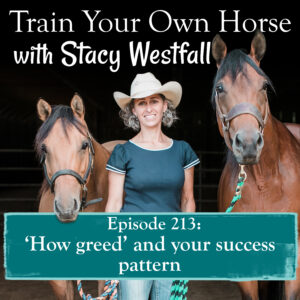
When a rider sets a goal or begins to struggle, they are often tempted to heavily focus on the ‘how.’ This often appears as a heavy focus on the horse’s body or the rider’s body.
The real ‘how’ of reaching a goal or finding your path through a current struggle is a combination of the things you do, and the way you think.
Riders who focus on the action steps only begin to fall into ‘how greed’ and are even more likely to ignore the more subtle emotions that are ‘coloring’ the riding session.
‘How greed’ is a symptom of a low-value cycle, and without practiced awareness, your brain will automatically default to this.
High-value thinking is created intentionally and can become a cycle. It will also reveal your personal success pattern. Your success pattern is how you navigate the tough stuff.
The more time you spend in high-value cycles, the more success you will have.
SUBSCRIBE TO THE PODCAST HERE:
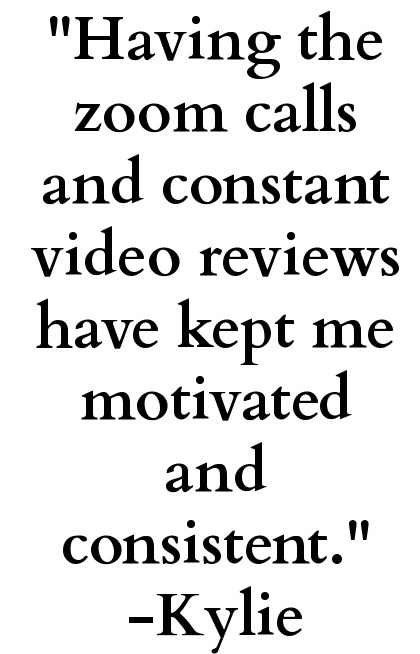
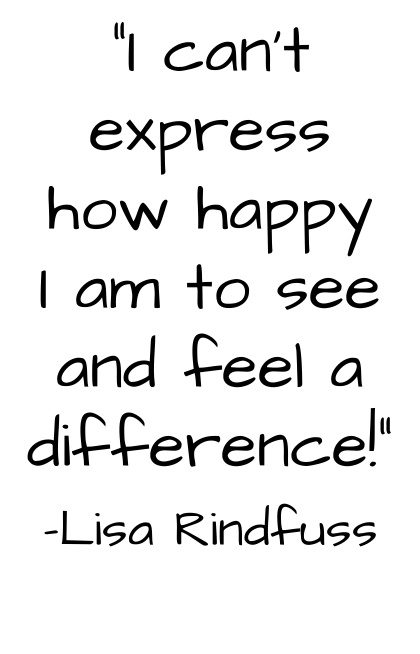
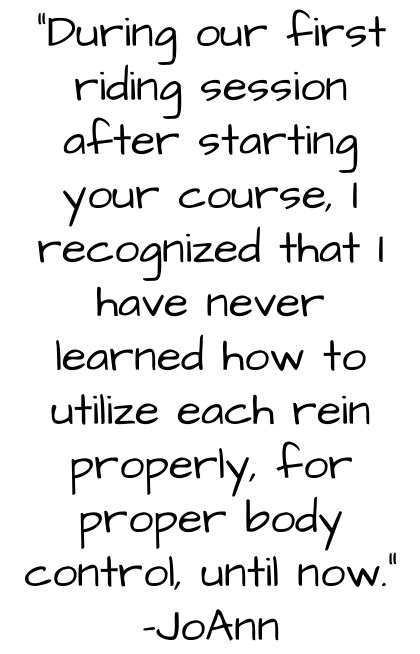
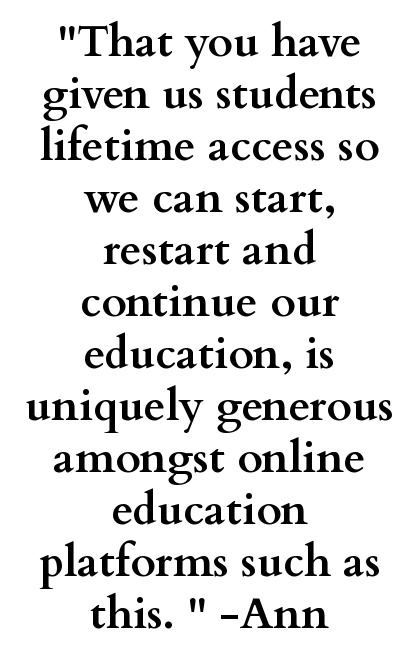
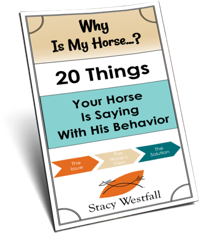
YOURS FREE
WHY IS MY HORSE...?

